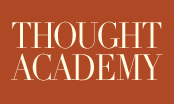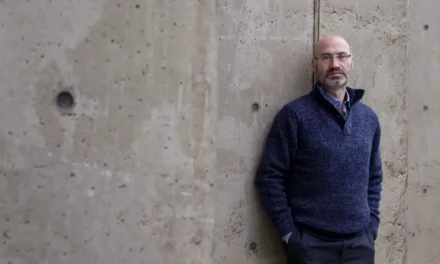
Embracing a Rich Tapestry of Ideas
I
n Renaissance Florence, workshops hummed with life—chisels carved stone, scholars debated ancient texts, and explorers charted seas under starry skies. This was no age of lone geniuses but a surge of everyday minds asking “why” and “how,” weaving history, art, science, and philosophy into a vibrant weave that reshaped the world. Parents can spark such wonder at home, guiding children to explore diverse fields with curiosity and grit. This chapter offers six practical ways to inspire—through stories, experiments, debates, and shared marvels—equipping children to question, create, and connect. With a book, a question, or a simple tool, you will nurture minds ready to weave their own bold ideas into the future.
Here is the lineup, steeped in that Renaissance spirit:
- Exploring Historical and Cultural Knowledge: Imagine your child connecting the modern world to ancient tales, their empathy deepening with each story from a distant culture. History and tradition offer vivid ways to understand lives unlike our own—something more vital than ever in today’s fast-moving, interconnected world. Just as the Renaissance drew power from rediscovered stories, you can bring that spirit home through myths, festivals, and shared projects. Whether you’re exploring Egyptian celebrations or dreaming up medieval trade routes, these experiences build curiosity, compassion, and global awareness. Bit by bit, your child becomes someone who listens across cultures and thinks with depth.
- Engaging with Art and Literature: A single poem or painting can unlock a child’s mind, sparking deep thought in a world often rushing past reflection. Like Renaissance artists who reimagined beauty with bold lines and layered verse, creative works help children explore complexity and emotion. A mural’s vibrant chaos or a sonnet’s quiet ache can widen their lens, inviting questions and sparking imagination. This section offers practical ways to engage children with art and literature—through sketches, discussions, and shared readings—nurturing curiosity, empathy, and intellectual depth. These habits cultivate thinkers who not only appreciate creative expression but draw on it to understand themselves, others, and the world.
- Fostering Curiosity Through Science and Philosophy: Curiosity is the engine of discovery, and few tools ignite it more powerfully than science and philosophy. One probes the how of the world; the other dares to ask why. Together, they stretch children’s minds and ground their wonder in reflection and reason. In an age of instant answers, these disciplines teach patience, depth, and the thrill of not knowing—yet. Like Renaissance thinkers who blended observation with inquiry, your child can grow into someone who questions boldly, reasons carefully, and sees each mystery as an open door. This section offers hands-on strategies to awaken that spirit—from backyard experiments to family thought puzzles—cultivating thinkers with grit, joy, and insight.
- Encouraging Open-Mindedness: In a world thick with noise and division, open-mindedness helps children pause, reflect, and engage with clarity. It’s a skill that allows them to weigh ideas fairly, even when those ideas feel unfamiliar or uncomfortable. Much like Renaissance thinkers who dared to blend old truths with new questions, today’s children need space to explore without rushing to judgment. This section offers practical ways to build that flexibility—through discussion, reflection, and empathy—so your child grows into someone who listens deeply, reasons clearly, and welcomes difference with confidence.
- Using Technology as a Gateway: Technology, when guided with intention, can become a powerful doorway to learning rather than a source of distraction. Just as the printing press once propelled Renaissance minds into new realms of thought, today’s digital tools—when used thoughtfully—can unlock history, fuel creativity, and sharpen curiosity. This section offers practical ways to turn screen time into meaningful exploration, helping children develop skills and insights that prepare them to navigate the modern world with depth and imagination.
- Embracing the Parental Role: Your love of learning is one of the most powerful forces shaping your child’s mind. In a world flooded with distractions, it’s not lectures but your visible curiosity that leaves the deepest mark. Like Renaissance polymaths who blended science, art, and philosophy into a vibrant pursuit of truth, you show them how wonder fuels wisdom. This section offers practical ways to model curiosity—by exploring new ideas, asking big questions, and weaving discovery into daily life. Through your example, your home becomes a living classroom, and your child learns to see learning not as a task, but as a joyful, lifelong adventure.
Begin with a tale or a guess, and watch their questions bloom.
Table of contents

Primordial Soup for the Mind: Navigation
Navigate the book Primordial Soup for the Mind.



